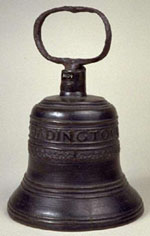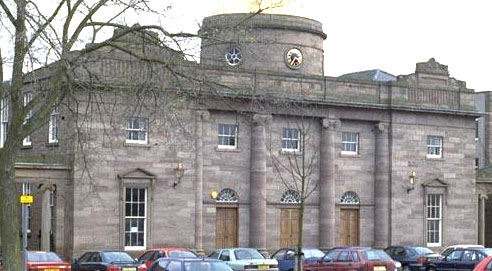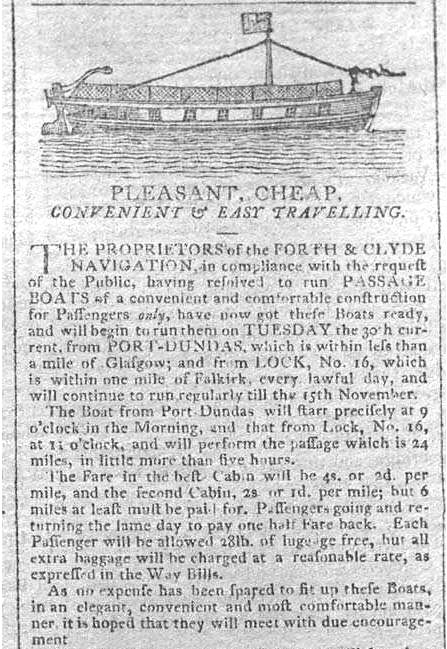Towns of any size or antiquity had a grammar school which might attract boarders from quite a wide area. Other towns shared parish schools. The later eighteenth century saw the introduction of academies, which offered a wider range of subjects, including sciences, and commercial and technical subjects such as book-keeping and navigation. Academies provided a top layer of education, replacing grammar schools and aiming to reduce the need for older pupils to go away to university. But their fees were higher, and they helped increase class divisions in education.


© SCRAN/East Lothian Museum Service
© SCRAN/Charles McKean
Academies were attractive to leisure towns as they brought in more resident gentry. The first was established in Perth in 1761. Subsequent foundations included Dundee (1786), Inverness (1791), Ayr (1798), Elgin (1801), Dumfries (1802), Kilmarnock (1807), Tain (1811), Irvine (1814), Forfar (1815), Kirkcudbright (by 1815) and Arbroath (1821). Some proposed academies, as at Thurso in 1812, failed to get off the ground, usually through lack of subscriptions. Most academies were established in handsome new buildings.
Printed subscription
list for Kirkcudbright Academy, 1816. Note the inclusion of a number
of overseas donors.
© SCRAN/Dumfries
& Galloway Council

Libraries and bookshops were essential for
an increasingly literate elite, hungry for access to the latest books
and periodicals such as the Scots Magazine and the Lady’s
Magazine. Subscription libraries allowed the sharing of the cost
of books, and reading rooms allowed the sharing of newspapers. Kelso had
a library in 1750, and Dunfermline in 1789. By 1825 there were libraries
across the country, from Whithorn to Wick and Kirkwall, and Fort William
to Coupar Angus.
The first local newspapers were established during the eighteenth century,
including the Dumfries Mercury (1721), the Aberdeen Press
& Journal (1747), the Kelso Chronicle (1783), the Dundee
Courier (1801), the Greenock Advertiser (1802), the Ayr
Advertiser (1803), the Inverness Journal (1807), and the
Leith Telegraph (1808).
Advertisement from the Glasgow
Courier, 1809, for the first passage boats on the Forth
& Clyde Canal.
© SCRAN/East Dunbartonshire
Council

A few towns had intellectual societies such
as the Literary and Antiquarian Society established in Perth in 1784.